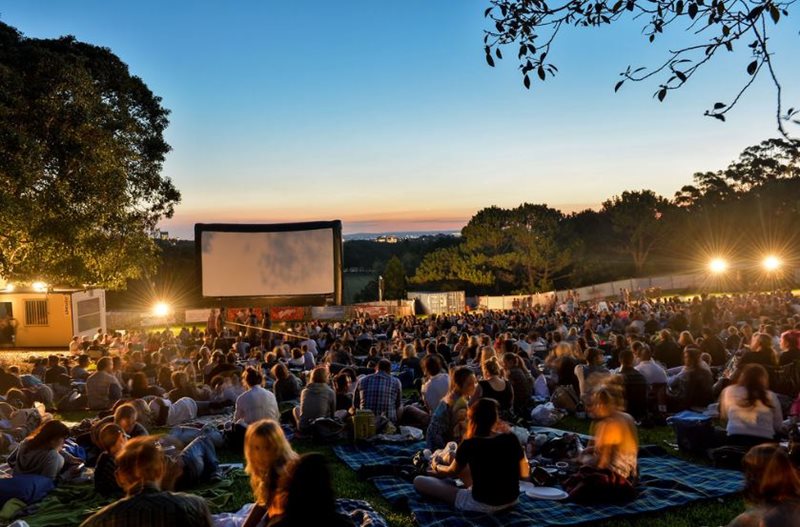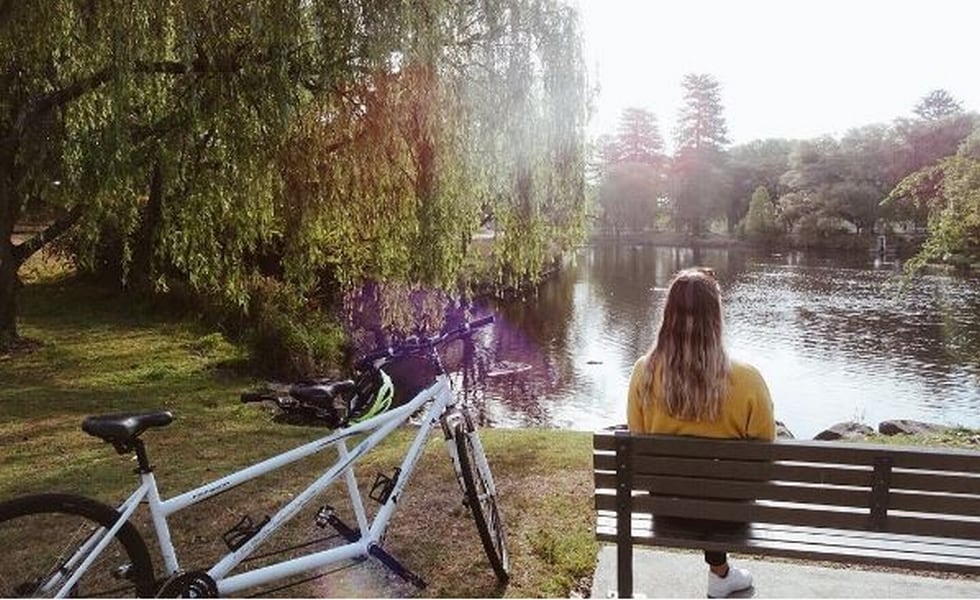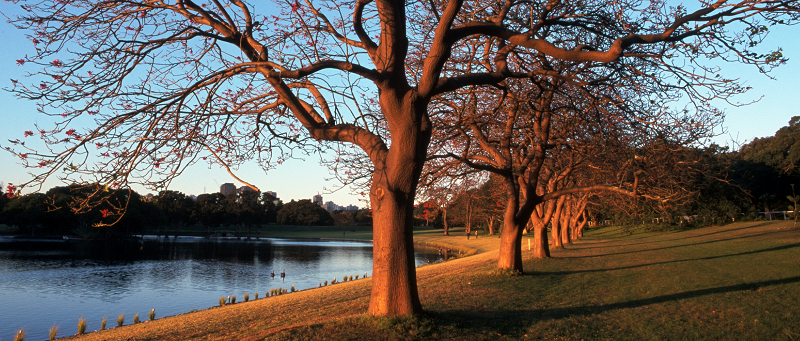The term "park” is loaded with meaning - but different meanings to different people. The original idea of a park, or pleasure garden for public use, grew out of public discontent with the expansive gardens and hunting grounds controlled by royalty in England, France and Germany.
Under popular pressure, in the 18th century some royal families began allowing public access to their private grounds on a limited basis. As the industrial age dawned, the disparities of wealth and public health led to a belief that access to nature was a necessary requirement of urban life for everyone.
The beginnings of parks for people
Much investigation, reporting and theory was written in the mid-19th century that led to a growing belief that public places for nature were essential to urban life. The seminal example of these ideas was Central Park in New York, the first park designed entirely with public use in mind.
With its completion the world began to recognise that nature was no longer just a place to hunt, gather or grow crops - nature was important to the personal health and social structure of new urban populations.
With this example, many parks began developing in cities around the world in response to the same urban problems of London and New York. Theories and design practices began developing to deliver and manage these new spaces.
From their original inception these were pleasure gardens that ranged from the highly pastoral and passive to formal patterned gardens for the display of plants. Arboreta, Botanical Gardens, Zoological Gardens and Parks were all an outgrowth of these trends.
In general these parks were seen as places of passive reflection, respite and social gathering - parks were thought of as an antidote to the stresses of the city.
 Centennial Park was initially designed as a Victorian park.
Centennial Park was initially designed as a Victorian park.
A shift towards public health and recreation
But between World War I and World War II a new idea of public health emerged that was based in modern ideas of personal activity, sport and health. In the period following World War II there was a marked shift away from the idea that parks were for passive use toward a more progressive idea that parks were venues of healthful physical and social activity.
By the 1960’s the worldwide norm had become parks for active recreation, including international standards for ratios of park space and recreation services per capita of population. The idea of public parks had shifted from reflection to action.
For the next 30 years the majority of new park development and park management was about managing the competing needs of various park recreation users. Maintenance and scheduling of multiple sports became the role of the parks managers.
 Today an estimated one million cycling visits are made to Centennial Parklands every year.
Today an estimated one million cycling visits are made to Centennial Parklands every year.
Integration with cities, integration with people
By the 1990’s however, new ideas began to emerge. There was a growing awareness that nature had a role to play within cities, and that people enjoyed access and participation with nature.
There was also a growing awareness of the need to make cities more liveable and sustainable - and that meant more complex systems for mobility, more mixing of uses, more compact forms of urban design, and multiple purpose spaces and buildings. Social life began returning to the streets and public spaces of most cities during this period, a trend that continues to grow.
During this same period world cities saw increases in populations with declining resources for the development and management of new parks and other elements of the public realm.
One common response was to begin using planned, programmed events and festivals as a way of both generating revenue for park operations and to attract people back into core cities.
The myriad of public museums, aquariums, zoos, and other cultural and entertainment venues that have been developed globally since the mid-1980’s is astounding. Cities began competing for their new cultural attractions as well as their historic ones.
This trend continues as it is ever more clear that cities are in global competition for tourists, talent and ambitions that lead to economic development and stability.
 Moonlight Cinema in Centennial Park began operating in 1997.
Moonlight Cinema in Centennial Park began operating in 1997.
Improving quality of life
Urban parks are rapidly becoming another tool used to improve the quality of life for citizens while also attracting new attention from visitors. Parc de La Villette in Paris, Bryant Park and the Highline in New York, and Millenium Park in Chicago are examples of parks being designed specifically for cultural and entertainment uses.
This is the current trend among the great parks of the world, such as Sydney’s Centennial Park. Today’s Victorian parks (i.e. Centennial Park) have to meet the full range of needs and desires of increasingly diverse and active populations. People need active recreation, organised sports, and quiet areas for reflection as always; but new and more intensive uses are finding great success in most parks as well.
These include a rapid increase in various forms of personal exercise such as cycling, running, rollerblading and many other forms of movement, places for dogs both on and off-leash, and many other activities. At the same time the desire for the use of parks for special events, festivals, themed activities (outdoor movies, concerts etc.) and for general recreation (bird watching, picnicking etc.) is also on the rise.
The successful contemporary urban park, no matter what the size, is now supporting many more activities, many more patrons, and many more management and maintenance demands than ever before. In the most active examples such as Bryant Park, the park almost exists purely as a social and commercial gathering place that changes so frequently that the social scene is the primary attraction.
 Parks are now a multi-use space.
Parks are now a multi-use space.
Outdoor curators
This trend has changed both the trajectory of public parks and the roles of those who are responsible for them. It is no longer sufficient to be the director of park activities like it was 100 years ago, nor is it adequate to be the manager of public recreation like it was 50 years ago.
Today, for a park of the size, significance and complexity of Centennial Park, we must become curators of the park and all its uses. A curator does more than direct and manage, he or she continually balances and designs the use of the park to both satisfy loyal users and to attract new ones.
Much like a museum that includes old masters, a permanent collection plus travelling exhibits, the curator chooses to have both recurring visitors and new offerings that raise issues, ideas and trends that patrons find compelling.
Much like a well-run museum, there can never truly be a stable state in a successful urban park. Curating the timing, overlap, and content of each activity changes with the seasons, by the year, and by the trends of use as tastes change.
This means that the curators have to understand that a great park has a very durable, resilient and handsome framework of spaces, places, attractions and connections, while also having places and activities that change over time. Parks are places of personal and collective veneration, but are also places where people come to find themselves anew.
 More than 650,000 registered sports users come to Centennial Parklands every year to play and practice.
More than 650,000 registered sports users come to Centennial Parklands every year to play and practice.
Get outdoors and enjoy Parks Week
Parks Week is from the 9 – 17 of March 2019, and is a collaboration between the New Zealand Recreation Association and Parks and Leisure Australia. Both countries will be running events to raise awareness of the value of parks and open spaces.
 Duck Pond in Centennial Park is a great spot to enjoy nature.
Duck Pond in Centennial Park is a great spot to enjoy nature.
About the author
Mark Johnson is a recognised thought leader and designer of policies, systems and landscapes that regenerate cities. He is widely regarded as a leading intellect and lecturer with deep knowledge and insights into how cities become healthier and more sustainable in a global economy and culture.
Mark is the founder of Civitas and provided guidance and strategic advice on the development of the Centennial Park Master Plan 2040.